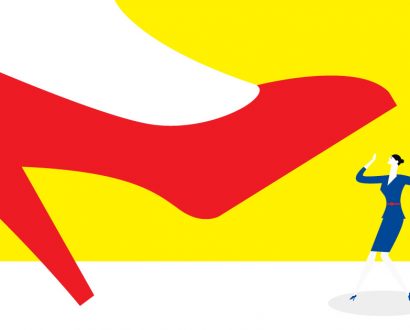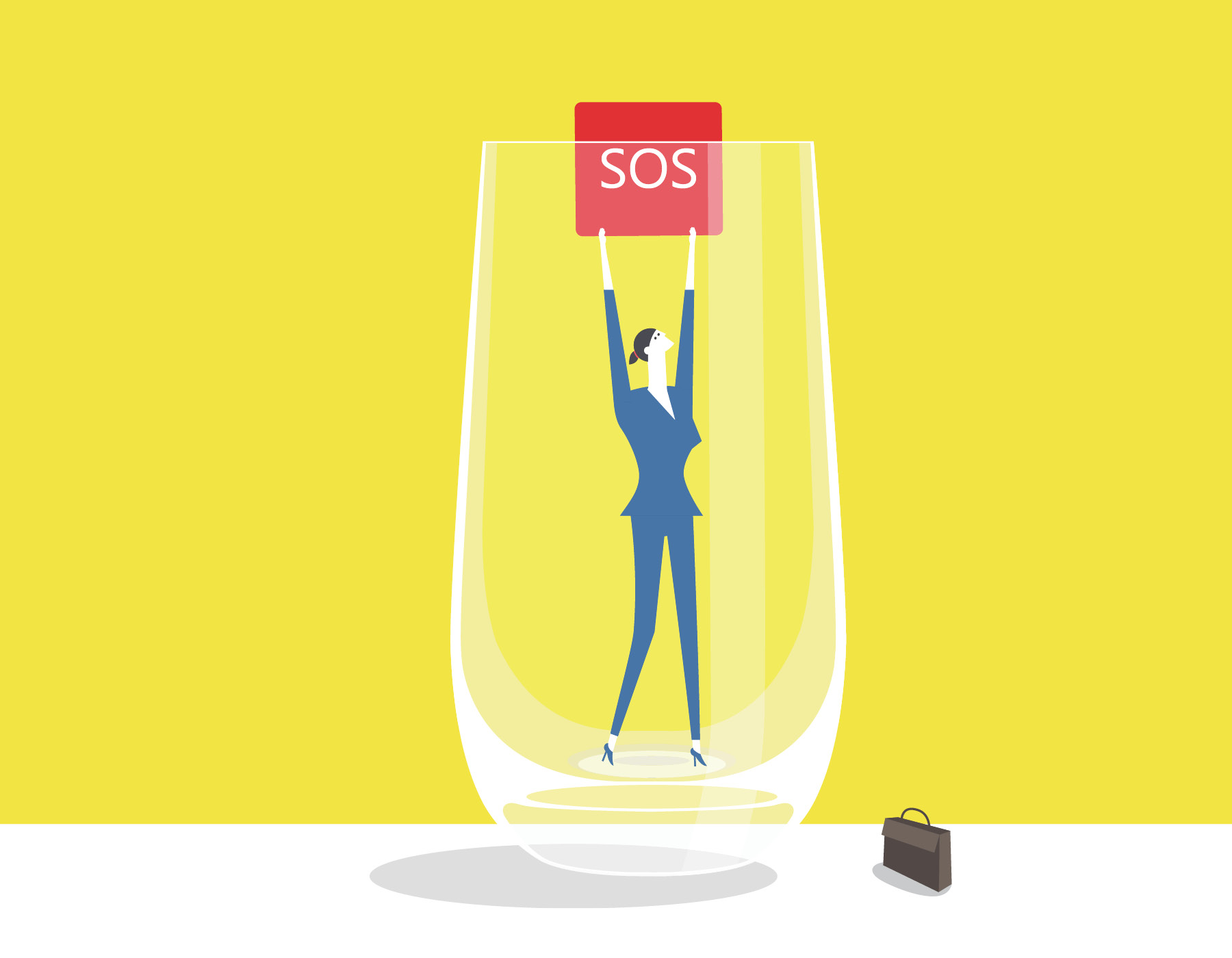Here’s how to combat the unseen threat to gender equality

As a workplace psychologist and executive coach, I’ve witnessed just about every barrier to career success. One of the most complex and dangerous is the phenomenon of successful women undermining other women at work.
Women blocking their peers from advancing is becoming increasingly common in modern workplaces and is a significant obstacle in the fight for gender equality.
Despite ongoing efforts for visibility and equality, women are 30 percent more likely to experience workplace bullying than men, and according to a 2024 report by The Workplace Bullying Institute, they target other women a whopping 67 percent of the time.
I will never forget the story shared with me by the well-known Australian CEO of a creative economy business and former public government official, who shuddered as she recalled her experience of certain women’s groups or committees operating like a mafia.
She said, "They add no value. It’s just mean girls. I haven’t let them get me down, but it does make you think, how many women have been brought down by other women or have not met their potential because of other women?"
What’s undeniable is that the incidence of some women actively blocking their peers at work is more than just quiet whispers in the corridor, so why is it not more widely discussed?
The root of the problem
There are a number of reasons for this and addressing them starts with reframing our approach if we want to create a positive working world:
It’s politically incorrect: It’s an emotionally charged and under-researched topic. While it’s acknowledged that women can hold other women back, opinions vary on its prevalence and severity. Fear of being labeled troublemakers, politically incorrect or discriminatory, keeps the issue under wraps.
But what can you do about this?

The incidence of some women actively blocking their peers at work is more than just quiet whispers in the corridor, so why is it not more widely discussed?
If you witness this at work and don’t say anything, ask yourself is the fear of judgment holding you back from speaking out? Lift your gaze to a higher level and reflect on what could be achieved if you called out what you saw and promoted supportive behaviors that foster allyship?
Don’t underestimate the power of one to change the course of history. If we want things to be different, it will take bravery and courage to call things out, even if your voice shakes.
It’s complicated: It goes beyond stereotypical mean girl tropes or the cliche of the Queen Bee. The tactics women use are different from men and have been shown to have a more severe psychological impact, with bullying being the worst.
Other tactics include mobbing (recruiting others to do the dirty work), slut-shaming (spreading rumors about promiscuity), trolling (online abuse), gossiping and exclusion methods like ignoring, ghosting or socially ostracizing someone.
Here are some tips for you: it might be time to start doing your homework. Arming yourself with knowledge of the different types of aggression will enable you to better understand the extent of the potential consequences on yourself, others and the workplace. All tactics are not created equal. Then you will be able to figure out if you are a target and plan the right approach before it goes too far.
It’s tricky to navigate: Even when recognized, many people lack the skills to address female workplace aggression effectively. Juliet Bourke, a professor at University of New South Wales and former Director of Human Capital at Deloitte, describes it as "an indirect approach that’s hard to grasp, like sand slipping through fingers".
How do you get equipped with the skills to nip this in the bud?
If we want things to be different, it will take bravery and courage to call things out, even if your voice shakes.
It’s challenging to be the action hero in a career you love if you don’t know the first move to deal with being sabotaged at work. By understanding that each form of aggression requires a different approach, you will be better equipped to seek the right help and figure out specific strategies to turn the situation around.
Also, knowing whether someone is simply being a jerk versus a psychopath will add an additional layer of ‘game’ to your approach.
It’s unexpected: Ask most women how they feel after being hit by a ‘stiletto’ at work, and they typically use words like ‘side swiped,’ ‘blindsided,’ or ‘sucker-punched’ – it was so unexpected they didn’t see it coming. Being stabbed in the back, treated poorly and bullied is painful no matter who does it.
But research shows that when a woman does it to another woman, their psychological trauma tends to be felt more deeply. Women expect other women to help them, and when they don’t, it hurts like hell.
I can’t help wondering whether we are setting ourselves up for a fall if we expect women to be kind and empathic all the time to a fellow sister. Perhaps a reset of our expectations of professional women is required?
The reality is we are losing the race for gender equality. According to the latest statistics, it will still take us over a century to achieve our goals.
Raising other women
Let’s face the fact that no silver bullet exists to accelerate gender equality at the pace we need to, not anytime soon. And the truth is (despite what we keep getting fed), we don’t have a pipeline issue.
Women who aspire to power face far more resistance from deeply rooted barriers, one of which is dealing with sabotage in stilettos at work, and this could very well be the lever we need to pull to accelerate the progress we need.
If we all commit to fostering a culture of support and collaboration, we will be better positioned to create workplaces where all women can thrive and succeed.
I want to be clear about something. I am not saying we should hang up our stilettos (I love mine!), but imagine if we all committed to raising one woman up each year – it wouldn’t take much to see a change for the better, but it will take all of us.